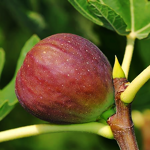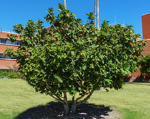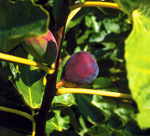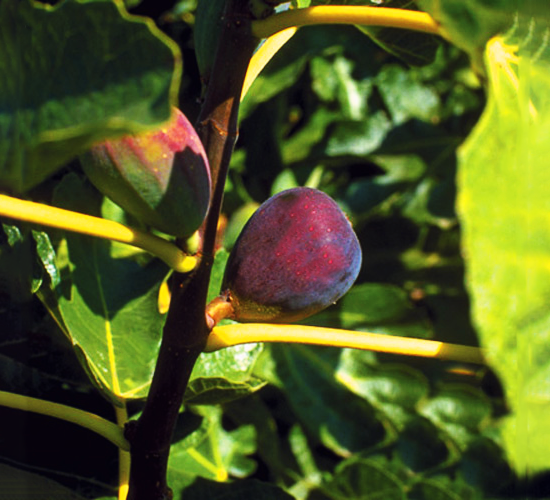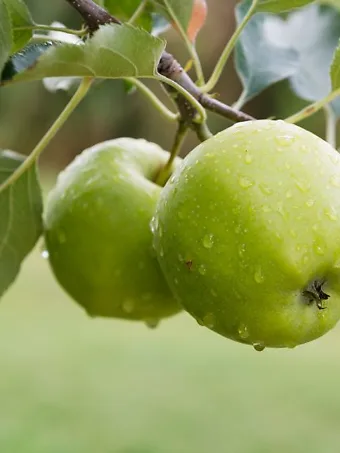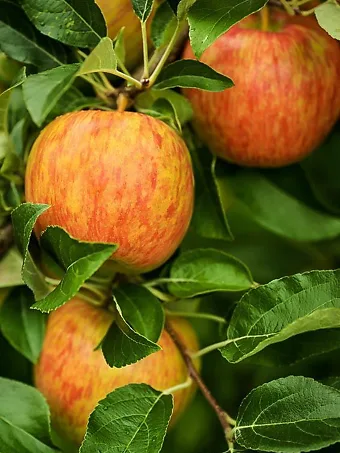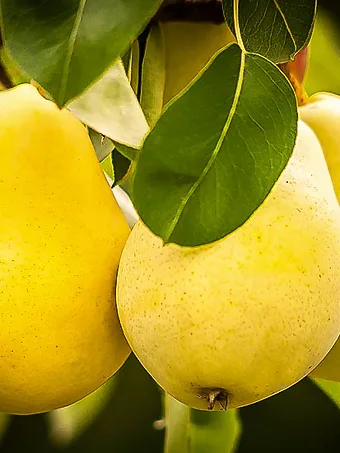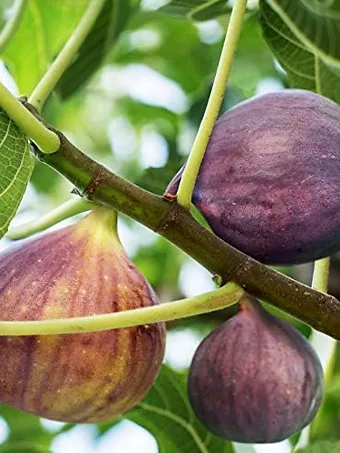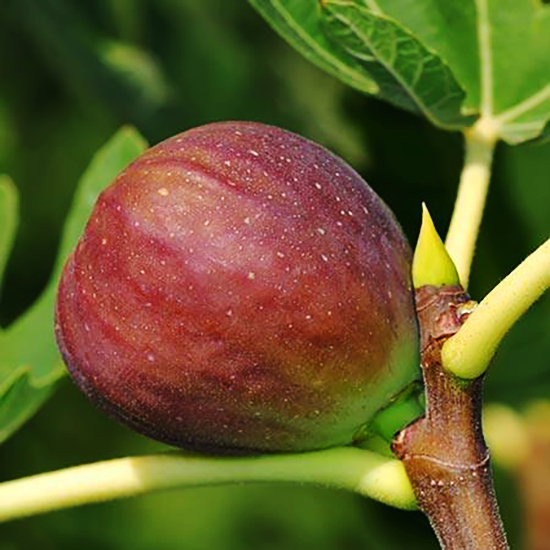
Everbearing Fig
Ficus carica 'Everbearing'View more from Fig Trees
Everbearing Fig
Ficus carica 'Everbearing'
30 day - ARRIVE AND THRIVE™ guaranteeLearn more


Special Features

Botanical Name
Ficus carica 'Everbearing'
Outdoor Growing zone
7-10
Mature Height
10-30
Mature Width
5-20
Sun needs
Full Sun, Partial Sun
The Everbearing Fig is one of the easiest fig trees to grow in warmer regions, and also one of the easiest fruit trees to grow in pots in cooler areas. Delicious figs can be produced twice a year in good locations and nothing tastes like a tree-ripened fig. The fruit can also be easily dried in the sun or a cool oven and kept all year for eating or baking. The tree is tough, has almost no pests or diseases, is very drought-resistant and it is the most low-maintenance of all the fruit trees. You could be enjoying fresh figs within a year or two or planting this easy-to-grow tree in your garden.
- Heavy crops of delicious figs twice a year
- Best way to enjoy fully-ripened figs
- Easily grown, even in poor soil
- Grow in a pot in colder areas
- Disease and pest free
The Everbearing Fig is easy to grow in any sunny spot. It thrives in poor, dry soil, and once it is established it is very drought resistant. It is usually free of any pests or diseases, and very easy to grow. It will grow outdoors in the open in zones 8 and 9. In zone 7 and sheltered parts of zone 6 it is best grown across a south-facing wall. In colder zones it should be grown in a pot and protected from freezing in winter. You do not even need a bright place to store the tree over winter in a pot as the tree is dormant and needs not light at that time.
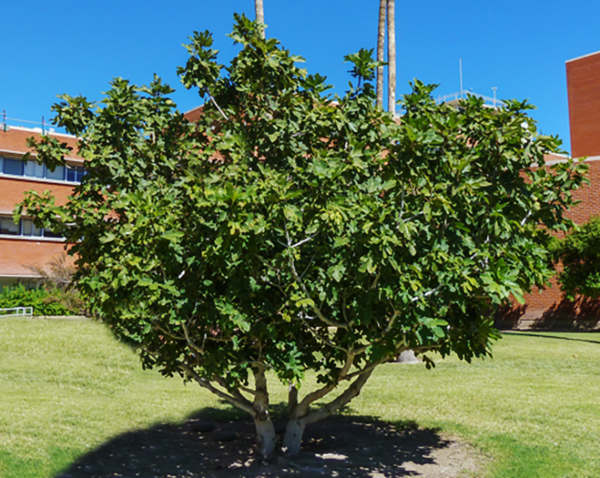
The fig is an unusual fruit because once picked from the tree it will stop ripening. Unfortunately, unripe figs have very little taste and yet for commercial transport and sale they must be picked before they become fully ripe, to avoid rotting. So if you have only eaten store-bought figs, you will have no idea of how amazingly good a tree-ripened fig is to eat. The solution is to grow your own and luckily fig trees are one of the easiest fruit trees to grow. They can be grown outdoors in zones 7 to 10, and in colder areas they can easily be grown in a pot. A fig tree will grow well even in poorer soil and will actually fruit better in poor soil with restricted roots. The plant has no serious pests or diseases, so it is an ideal choice for the gardener with little time for complicated plant care. It is also very drought resistant, and it is not even usually eaten by deer.
Growing the Everbearing Fig
Size and Appearance
The Everbearing Fig is a handsome tree with smooth gray bark and large, lobed leaves that can be 10 inches long. The tree is attractive and would be worth growing even if it did not produce those delicious fruits. Flowers are not seen, since the fruit is most unusual, being a kind of hollow stem with the flowers inside. Wild figs need a special minute wasp to pollinate these hidden flowers, but the Everbearing Fig is one of the fig varieties that will produce fruit without pollination. These are even better eating than pollinated figs, since they do not have the crunchy seeds in them. It typically makes a tree 15 – 20 feet in height and as much across if not pruned and trained, although older trees may become larger.
The Everbearing Fig produces fruit twice a year and in hot, dry regions you can expect to harvest figs in summer and again in fall. Sometimes in cooler areas the fall crop may not have time to ripen if your tree is not in full sun. In areas with long winters the summer harvest may be damaged by spring cold and only the fall crop will be produced. You can greatly improve the chances of your tree being everbearing if you grow it against a sunny wall in cooler areas to give that fall crop a chance to ripen. Your figs are ready to pick when they have turned purple/brown and the small stem connecting them to the branch collapses. Pick a sun-warmed fig, bite into it and enjoy a taste made in heaven.
Hardiness
Grow the Everbearing Fig anywhere from zone 7 to zone 10. In colder zones you can still grow it, storing the plant out of the severe cold during winter.
Sun Exposure and Soil Conditions
The Everbearing Fig should be grown in full sun. In cooler zones, or areas with damper, cloudy summers, it is best to grow your fig tree against a south-facing wall and spread the branches out against the wall to get the maximum sun and heat possible. If you live in areas that have high rainfall, plant your fig in a box made of paving slabs at the foot of a wall so as to restrict the roots and keep the soil dryer. Too much water will produce leaves but not so much fruit.
Growing the Everbearing Fig in a Pot
If you live in cooler regions you can still grow the Everbearing Fig tree in a pot and figs are ideal plants for pots. It can be grown in a large pot, where it will live happily for many years, and placed in the warmest, sunniest part of your garden. If it can be placed against a warm wall that is even better and the branches can be temporarily spread out. During the growing season water thoroughly each time the soil has become dry and use a low-nitrogen liquid fertilizer from time to time. Do not over-feed. In fall after the leaves fall and before any serious frost occurs, bring your tree into a cold place that will not fall below 100F. As the tree is now dormant it does not need any light, so a shed or garage will be fine. Just water enough to stop your plant from becoming completely dry. As soon as the weather is warmer and the danger of hard frost has passed, bring your plant back outside to its sunny spot. It will soon re-sprout and start to grow again.
History and Origins of the Everbearing Fig
The fig tree, Ficus carica, originated in the Middle-East and is believed to have been cultivated for 6,000 years, making it perhaps the oldest fruit tree in cultivation. There are several varieties of fig trees available, but for overall good results, the Everbearing Fig is the best choice. This variety originated in Provence, France, and it was brought to America, where it grew well in Texas. It is also sometimes called the Texas Everbearing Fig or the Brown Turkey Fig.
Buying the Everbearing Fig at The Tree Center
This special variety of fig must be produced from plants guaranteed to be the correct variety. Our trees are produced the correct way from stem pieces of these trees, so beware of cheaper plants that can be seedling trees that will not be the correct variety and will only be a disappointment. Our trees are true to the original form of the Everbearing Fig and we constantly receive new plants, so we always ship to our customers the freshest plants. However, this variety is very popular and may be in short supply, so order now to avoid being disappointed.
